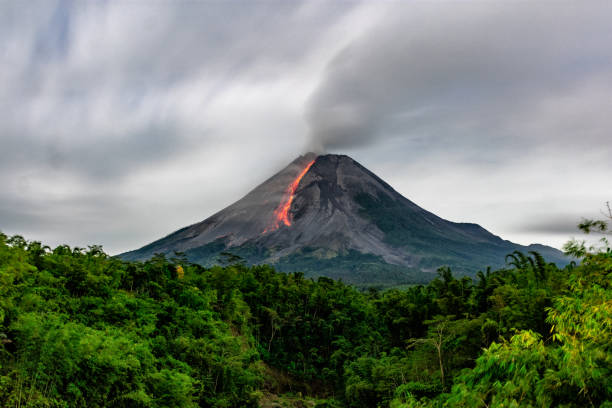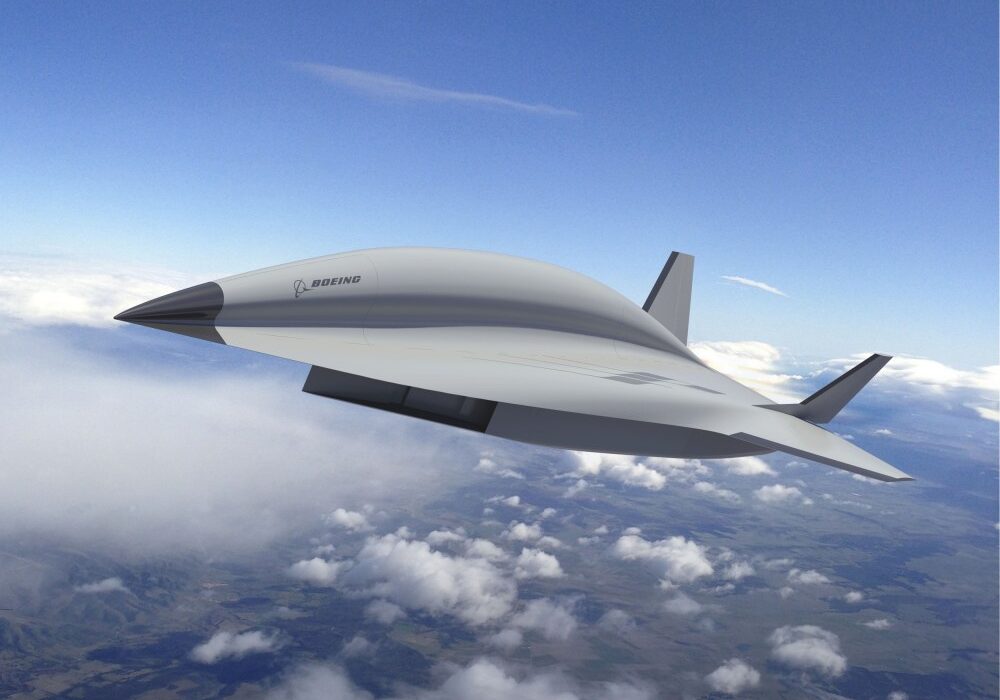Beneath the crust of our planet, enormous reservoirs of molten rock seethe with unimaginable energy. Volcanoes are windows into this hidden world, where temperatures soar to over a thousand degrees Celsius and pressures build to levels capable of reshaping landscapes in moments. To humans, volcanoes have long been symbols of destruction and awe, capable of leveling cities, blanketing continents with ash, and triggering global climate shifts. Yet within their terrifying displays of raw power lies a tantalizing possibility: could these fiery giants be harnessed as a source of virtually limitless energy for humanity?
The energy locked within magma and volcanic systems dwarfs even the most ambitious human-engineered power plants. Consider that a single volcanic eruption can release energy equivalent to hundreds of megatons of TNT. If this energy could be captured safely and sustainably, it might provide an answer to one of the greatest challenges of our civilization—the need for abundant, clean, and renewable power. Scientists have long speculated about the potential of “volcanic power,” and in recent decades, advances in geothermal technology have brought humanity closer than ever to this dream.
Understanding Volcanoes as Energy Reservoirs
To contemplate harnessing volcanoes for power, one must first understand their mechanics. Volcanoes are the surface expressions of deep Earth processes. They form where molten rock, or magma, finds a pathway to the crust. Some volcanoes erupt explosively, violently ejecting ash and lava, while others ooze magma slowly, creating broad shield structures. Regardless of the eruption style, the energy stored beneath is immense, primarily in the form of heat.
The Earth’s internal heat originates from two main sources: residual heat from planetary formation and radioactive decay of elements such as uranium, thorium, and potassium. This heat drives the convection currents in the mantle, pushing magma toward the surface. At certain points, these currents create geothermal hotspots—regions where the crust is thinner, and magma rises closer to the surface. Volcanoes often sit atop these hotspots, forming natural conduits through which heat from deep within the Earth can be accessed.
In principle, this heat can be converted into electricity. The concept is analogous to conventional geothermal energy systems, where hot water or steam from underground reservoirs is directed to turbines that generate power. However, volcanic systems are far more extreme. Temperatures are higher, pressures are more volatile, and the chemical composition of magma is corrosive and unpredictable. Harnessing this energy requires engineering solutions capable of surviving the intensity of the Earth’s inner furnace.
Lessons from Geothermal Energy
Humanity’s first successful ventures into geothermal energy offer a glimpse into how volcanic power might be harnessed. In places like Iceland, New Zealand, and Italy, naturally heated water and steam have been tapped to provide electricity and heating for decades. Iceland, in particular, has demonstrated the potential of volcanic geothermal energy on a national scale. Here, a combination of shallow magma chambers and porous rock allows steam to be channeled into turbines with relative safety and efficiency. Geothermal power provides over half of Iceland’s electricity, making it one of the few nations capable of relying almost entirely on renewable energy.
These examples illustrate the principle that volcanic energy can be captured without catastrophic disruption. Yet current geothermal systems are limited in scope. They rely on natural reservoirs of water heated by the Earth’s interior and tend to be located near regions of relatively stable volcanic activity. Explosive volcanoes or lava lakes, with their unpredictable behavior, remain beyond reach. The dream of harnessing the enormous energy of an active volcano, the kind that can reshape continents, remains largely theoretical.
Engineering the Impossible
The challenges of extracting power directly from magma are formidable. Temperatures in magma chambers can exceed 1,200 degrees Celsius, far beyond the melting point of conventional metals used in turbines and piping. The magma itself is chemically aggressive, laden with sulfur, chlorine, and other elements that corrode even the most resilient alloys. Moreover, the pressures at depth are immense, making drilling a technical nightmare.
Despite these challenges, visionary engineers and scientists have proposed bold concepts. One approach involves creating artificial wells that tap magma indirectly, allowing heat to be transferred to a working fluid such as supercritical carbon dioxide or water. This fluid could then be cycled through turbines on the surface. Experiments in Japan and Iceland have demonstrated the feasibility of drilling near molten rock, but true magma tapping has only been achieved on a small scale. These pioneering efforts suggest that the obstacles are not insurmountable—they require ingenuity, materials science breakthroughs, and precise control over geological conditions.
Another concept, inspired by natural volcanic geysers, is the use of “enhanced geothermal systems.” In this approach, water or another fluid is injected into hot rock to create steam, which then powers turbines. This method has the advantage of not requiring direct contact with molten magma, reducing the risk of catastrophic equipment failure. It also allows energy extraction over decades without depleting the source. Yet even this approach is not without danger. Injecting fluids into volcanic systems can trigger earthquakes, alter magma chambers, and in some cases provoke eruptions.
The Promise of Unlimited Energy
If these engineering challenges can be overcome, the rewards are extraordinary. The heat energy within Earth’s crust dwarfs all other renewable sources combined. Estimates suggest that the energy accessible from volcanic and geothermal systems could theoretically power humanity many times over. Unlike solar and wind energy, volcanic power is continuous, unaffected by weather or day-night cycles. Unlike fossil fuels, it produces virtually no carbon emissions. Harnessing it could offer a stable, high-density energy source capable of sustaining industrial civilization indefinitely.
Furthermore, volcanic power is inherently localizable. Countries with active volcanoes, from the Pacific Ring of Fire to Iceland, could become self-sufficient energy producers, reducing dependence on imported fuels and insulating themselves from global energy shocks. In the long term, this could transform geopolitics, shifting power toward nations capable of safely tapping their subterranean furnaces.
The Environmental and Ethical Dilemmas
Despite its promise, harnessing volcanoes for energy is not without risks. Volcanic systems are delicate and unpredictable. Drilling into magma chambers could destabilize the crust, potentially triggering eruptions or earthquakes. Toxic gases released during energy extraction could threaten nearby ecosystems and human settlements. Even controlled geothermal plants have been associated with minor seismic activity and groundwater contamination.
Ethically, the notion of manipulating the Earth’s most violent natural forces raises profound questions. Should humanity intervene in processes that have evolved over millions of years? Could the pursuit of unlimited power justify the potential for catastrophic accidents? These dilemmas are reminiscent of other forms of high-risk energy extraction, from nuclear power to deep-sea drilling, yet the scale of uncertainty with volcanoes is far greater.
There is also the question of sustainability. While volcanic energy is abundant, it is not infinite in every location. Magma chambers cool over time, and excessive extraction could deplete local geothermal systems. Responsible engineering would require careful monitoring, sophisticated modeling, and adherence to strict environmental protocols. Humanity’s ambition must be tempered by humility before the power of the Earth itself.
Current Advances and Experimental Projects
Despite the risks, researchers are steadily making progress. In Iceland, drilling projects have approached molten rock, producing superheated steam that powers turbines at unprecedented temperatures. Japan has experimented with magma drilling in the Krafla and Iwojima regions, aiming to convert direct magma heat into usable electricity. Materials science has advanced to the point where specialized alloys and ceramics can withstand extreme heat and corrosion, bringing the vision of “magma tapping” closer to reality.
Beyond direct electricity generation, volcanoes also offer the potential for novel energy applications. Some scientists propose using the heat from magma to drive hydrogen production, creating a clean fuel that could power transportation and industry. Others envision desalination plants powered by volcanic heat, turning seawater into freshwater in regions prone to drought. The possibilities extend far beyond conventional electricity, making volcanoes a potential cornerstone of a new energy economy.
A Vision for the Future
Imagining a world powered by volcanic energy is both thrilling and humbling. Cities might draw electricity from wells drilled into dormant calderas. Industrial complexes could operate on steam sourced from deep beneath the Earth’s crust. Even space exploration might benefit, as portable geothermal units powered by volcanic heat could support colonies on other planets or moons with geothermal activity.
Yet realizing this vision requires more than technology. It demands global collaboration, long-term investment, and a willingness to engage with one of the most unpredictable forces on Earth. It requires scientists and engineers to balance ambition with caution, creativity with prudence. The potential for unlimited, clean energy is real, but it is inseparable from the responsibility to respect the power of the planet itself.
The Philosophical Implications
Harnessing volcanoes for energy is not merely a technical challenge; it is a philosophical one. Volcanoes remind us that the Earth is alive, dynamic, and indifferent to human ambition. To tap their power is to enter a dialogue with forces that predate humanity by millions of years. It is a test of our ingenuity, our ethics, and our humility. In attempting to control these forces, we confront the broader question of our place within the natural world: are we masters of nature, or stewards entrusted with its care?
The pursuit of volcanic energy embodies the human spirit at its boldest. It is an effort to transform fear into utility, to turn destruction into creation, and to glimpse the infinite within the finite. For those who dream of a civilization powered sustainably and resiliently, volcanoes offer not only energy but inspiration—a testament to what might be achieved when curiosity meets courage.
Conclusion: Fire as Friend, Not Foe
Volcanoes have shaped the Earth for eons, sculpting mountains, forming islands, and cycling the planet’s nutrients through fire and ash. For humans, they have been a source of both terror and wonder. Today, as the world searches for energy solutions that can meet the demands of billions without destroying the planet, volcanoes stand as both challenge and opportunity.
To harness their power is to confront the extremes of nature, to push engineering and scientific understanding to its limits, and to engage ethically with forces far greater than ourselves. It is a vision of the future where human ingenuity coexists with the raw energy of the Earth, transforming danger into light, destruction into power, and imagination into reality.
Volcanic energy remains, for now, a frontier at the edge of possibility. But the story of human innovation is one of turning the impossible into the attainable. If we succeed, the fire that once threatened our existence could become the limitless force that sustains it—a reminder that within the heart of the Earth, the power to illuminate the world has always been waiting.






